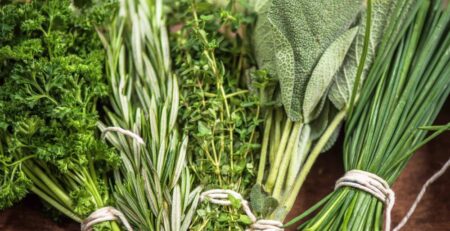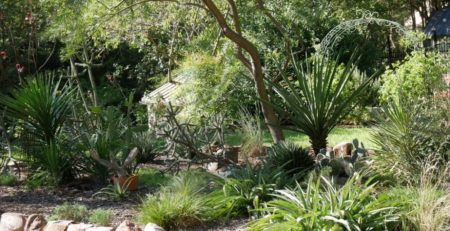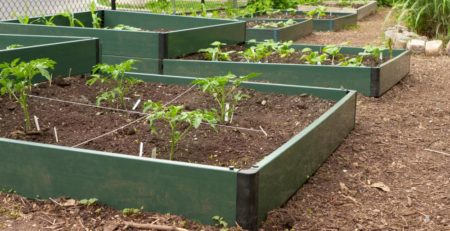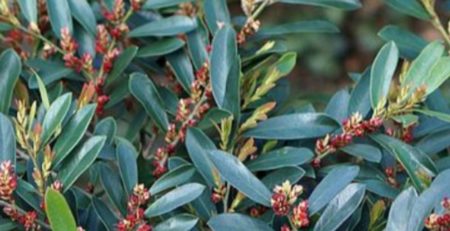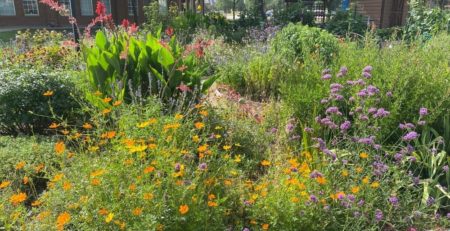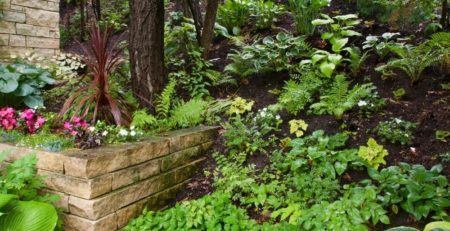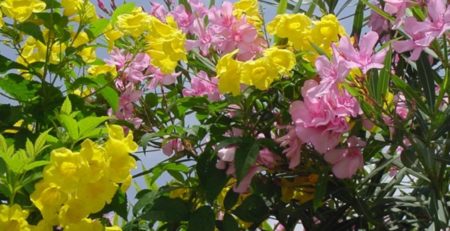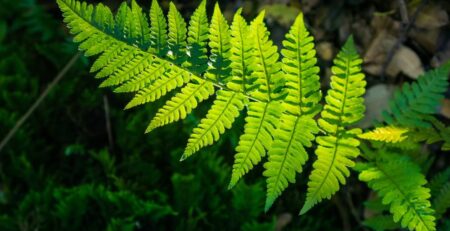Tips for Bringing Potted Plants Inside for the Winter
When fall weather sets in and temperatures drop to 50-55 degrees, it’s time to think about moving your potted plants indoors for the winter. However, to prevent shocking your plants’ systems, gradually transition them to your home by placing them in the shade for a week or two before taking them inside. Examine the plants and trim dead or damaged leaves.
If the plants need some pruning to temporarily reduce size, prune before bringing inside. Do not, however, repot in the fall as growth slows during the fall and winter. Wait for the spring.
Before bringing in your plants, you will want to make sure that no bugs hitch a ride into your home along with the plants. First, rinse the plants with water from the hose. Hold the plant sideways and spray with hose water. The water pressure should be high enough to dislodge bugs and grime, but not enough to harm the leaves or flowers, if any.
Next, check the leaves, stems, and soil for visible pests. Any pests that remain will need to be removed manually or an insecticidal soap may be sprayed on the plant. Always follow the directions on the label as many plants, especially herbs, may be sensitive to insecticidal soap. If you have noticed spider mites or other small bugs on your plants over the summer, another step is necessary to combat them and their eggs. Use a spray such as neem oil and spray the tops and underneath all leaves to kill the remaining insects and eggs. Again, check the label and plant information as many plants are susceptible to damage from neem oil.
Next, make sure the soil is not harboring any unwanted guests, such as soil gnats. Fill a large watering can with water and add one tablespoon of blue Dawn dish liquid. Pour the liquid over the soil until it runs out the drainage holes. Allow the soil to drain well and then rinse with clear water. Allow the soil to dry thoroughly before watering again. While you have the Dawn mixture handy, wipe the outside and the underside of the pots to clean debris and bacteria. Look for bugs one last time. If any are seen, repeat the water spray and the insecticidal soap routine.
Now that the plants are free of pests and accustomed to a lower light, they are ready to be placed indoors. If you have potted plants that have remained inside, you may want to consider quarantining the outsiders for a month just to be sure any unseen pests do not spread to your indoor plants. This can be done by placing them near a window in an alternate room. Check for bugs each week. If bugs are seen, repeat the water spray and insecticidal soap. When pest-free plants may be moved to a preferred location.
Potted plants that may be brought inside fall into two groups: Plants that require a winter dormancy period, and plants that can remain actively growing throughout the winter. Caladiums, calla lilies, cannas, dahlias, elephant ears, gladiolus, and tuberoses are among the dormancy group. For this group stop watering, cut off dying foliage and tuck away in a dark, cool spot. Check moisture periodically.
Plants that keep growing in the winter, such as coleus, fibrous begonia, geranium hibiscus, cymbodium, amaryllis, agapanthus, iresine, mandevilla, and rosemary will need a sunny location but don’t seem to mind cool temperatures.
Don’t overwater the plants once they are inside. The most common cause of death for indoor plants is overwatering. Let the top half inch of soil get dry to the touch before watering again. And do not let your plants sit in water accumulated in a saucer. Succulents should be watered less often – when the soil has been dry for several days. Your plants will require little, if any, fertilizer during the winter months. Fertilize in the spring just before new growth begins.
Generally, houseplants enjoy a stable temperature. Avoid areas prone to drafts, such as near your front or back door. For plants growing near windows, move them away from the cold glass during freezing weather. Home heating systems dry the air and lower the humidity. Mist the plants regularly with a spray bottle of water or place your plants on a humidity tray filled with pebbles and water.
Indoor plants need good light to thrive. Washing your windows will rid them of accumulated grime that will reduce the amount of light plants receive through them. Try placing pots near a window. If your plants do not receive adequate natural light, consider using grow lights. Plants can do well under artificial light. Remember to rotate your plants a quarter turn frequently to keep them from growing lopsided.
Too many plants for wintering in the house? You might consider the garage if you have or can make room for them. Keep in mind that an unheated garage can, on occasion, drop below freezing, although not often or for very long during North Texas winters. When those times occur, an old sheet or blanket, even towels, can be draped over the plants to add a little insulation. Put each pot in a saucer which will collect excess water and provide insulation from a cold, concrete floor. Most garages don’t have windows so supplemental lighting may be needed for those plants that continue actively growing top growth. A few fluorescent lights in the space where the plants will be will do the trick nicely and inexpensively. Ideally, lighting should be available for six or seven hours a day.
Do not overwater. Cooler conditions and a slow down in growth don’t require a lot of water. Finally, do you have pets? If so, check that your plants are non-toxic to cats and dogs who may munch on them.
When it’s time to bring the plants outside again, try to place them in a shady spot for a week to let them adapt to the much stronger light conditions they will encounter.



